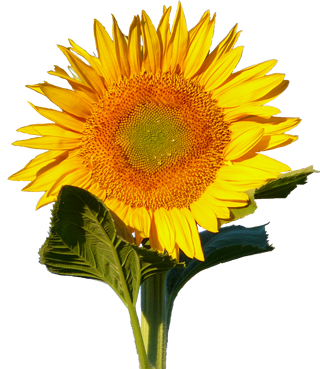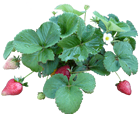
Garden and Plate
The Molecular Biology of Nutrition











Onions make a great addition to many foods, so I include them in my garden. They are good in salads and sandwiches, and a tasty topping on pizza. I add them to my omletes, and consider them an essential ingredient in mexican food.
Onions are easy to grow, but take a long time. I like to grow them from seeds, but you can also plant onion starts. Unlike tomatoes, which are so bland tasting in the grocery store that they aren't worth buying, grocery store onions are acceptable. If grown right, however, homegrown onions can be milder and juicier than the ones in the store.
The trick to mild onions is the soil. You want to keep your soil low in sulphur. If you add fertilizer, don't use anything with sulphur (like ammonium sulphate). I don't add sulphur-containing fertilizers to my naturally low-sulphur Arizona soil (just lots of compost), so my onions have been mild.
I've grown two different varieties of bulb onions (one white and one red), and have had good results with both. I purchased the "Red Creole" onion seeds from Baker Creek Heirloom Seeds. The white onion seeds were purchased at a garden show, in a homemade packet labled "Grand Canyon Sweet", which is another name for the Texas Grano 1015Y onion. These large white bulb onions are mild and juicy. The University of Arizona has a good article describing the history of this type of onion.
One of the nice things about onions is that they stay "ripe" in the ground for a couple of months, unlike other crops (like tomatoes and strawberries) that have to be harvested quickly before they spoil. In Phoenix, the bulbs get large in early spring (May), and stay good until the heat shrivels them in late July.

I plant onion seeds in the fall, usually in October. The winters here are mild, and they slowly grow all winter long. They like the cool weather, and the occasional hard frost that kills other plants doesn't bother them. They come up with very slender leaves, looking almost like grass, and stay small for a long time. Since they'll need space to develop bulbs later in life, you don't want to plant them very thick. This being the case, the garden looks a little sparse when they are small. I tried mixing in alyssum seed for ground cover one year, but the alyssum crowded out the slower-growing onions. They don't start to develop bulbs until the weather warms up in the spring, usually in May.
Onions are biennials, which means they have a two year life cycle. When seeds are planted in October, the plants grow all through the mild Phoenix winter, and develop bulbs in May. The bulbs are used by the plants to store water so they can go dormant during the hot summer. When the summer heat increases in July, the leaves wither, but the bulbs are still good. By the end of August, the bulbs have shriveled to the point where they are no longer good to eat. They look like they are dead, but they will recover in the fall, and grow back larger than ever over their second winter. When May rolls around a second time, they've produced seed stalks.
Each seed stalk is topped by one huge pod that bursts into many small flowers. The flowers eventually produce seeds and dry up. You can then harvest the seeds for next fall's planting. Even though the bulbs re-inflate during the second year, they are not as edible as they were during the first year. They can still be eaten, but are woodier, dryer, and often hollow.

I planted these Red Creole onion seeds on October 7th. They took over a week to germinate, then slowly grew all winter long.

By March 29th I had lots of small (but healthy) plants. The bulbs won't start to swell until the weather warms up.

It's now May 21st, and the bulbs are fully developed. They'll stay "ripe" in the garden (and good to eat) until the hot summer weather dries them up. First the leaves will die, then the bulbs will shrivel. If you leave them in place, they will come back in the fall bigger than ever. They repair the bulb and produce a seed stalk in their second year.

This September 21st photo shows new growth emerging from a bulb that shriveled up and lost it's leaves in the summer heat. Now it's coming back, and will form a seed stalk this second time around.